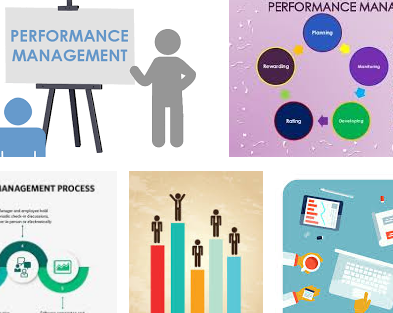The Complexity theory has been well-defined and with the rise of organizational change, the forceful ‘non-linear’ upshot is observed. Such dynamics of unpredictable engagements and constantly working under the border of disorder represents the constant change and chaotic environments although debated are within organizational collaborations idea. However, they appeared to be challenging and unconventional, and are disintegrated in structure, and thus required an open structure to dealing with change. Leaders’ openness according to the author Daft was to managing organizational change; is a technique that can be used to measuring effectiveness. In addition to the ability to think rationally, academic suggest leaders should see to share ethical decisions of compassion as confirmed by Benn and Bolton.
In this regard, the complexity theory as studied is somehow guarded or constrained and has therefore overlooked the social behavioral system and ethics essentials. And what this means is that, ethics is concerned about perceptive, this includes the analytical, logical and reflective use of moral views in complex, conflicting or unclear situations. And academic’s findings in view of the difficulty and uncertainty suggest that ethical anxieties occur, for instance, these sorts of moral unease show that the existing business networks lack the inclusiveness and the civil rights of native societies.
‘Design thinking‘, in contrast, is an innovative method to match people’s needs and requirements through technical capabilities to create reliable value and opportunity for a sustainable business model. Design thinking is an effective way to support competitive advantage within the organizational design in terms of the business decision making.
Researchers said trust is important to respond to changing environmental to supporting culture change readiness and promotes flexibility. The basic of design thinking is to break up problem; in that, it requires resilient personality and creativity to permit useful approach through iteration to finding the best solutions.
Study suggests Thomas Edison’s approach was an early ‘design thinking’ methodology, a good example that instills the full range of innovation engagements with a human-centered design character. This basically proposes innovation is driven by what people want and need through individual’s direct observation and a detailed understanding of what can be designed and supported.
From these viewpoints, the implications between ‘design thinking’ and complexity theory perspectives on effective organizational design can be predicted in their solutions. ‘Design thinking’ is intrinsically desirable to meet organizational culture’s needs through responsiveness, integrative capabilities and coherent thinking. Although both theories view group efforts as important practices for effective organizational design, the ignorance of ethical system within the complexity theory is a clear difference.









I really appreciate your sorting out the approaches for organizational design. I am not so much in the topic, but we have interviewed people in our Wisdom Factory who have developed new models for organizational structures in businesses. Especially the broader view from “Sustainability” to “Thriveability”.. And then there is the whole new “T-movement” coming out of the Integral scene. If you are interested to know more, contact me!
Hi Heidi
Thank you for visiting my site. I do find your comment interesting about the higher understanding from “Sustainability” to “Thriveability”. Sustainability approach within organization is in fact all-inclusive in which the economic, environmental and social dimensions are integrated to create value. While the organization alone cannot address the problem of global poverty, it is the multinational enterprises’ linking capacity to transfer information and skill across the different regions of the world. My view is that thriveability actually should include social impartiality that goes beyond sustainability. Thriveability hence requires a substantial shift to go above social impartiality.
Best wishes, Anna